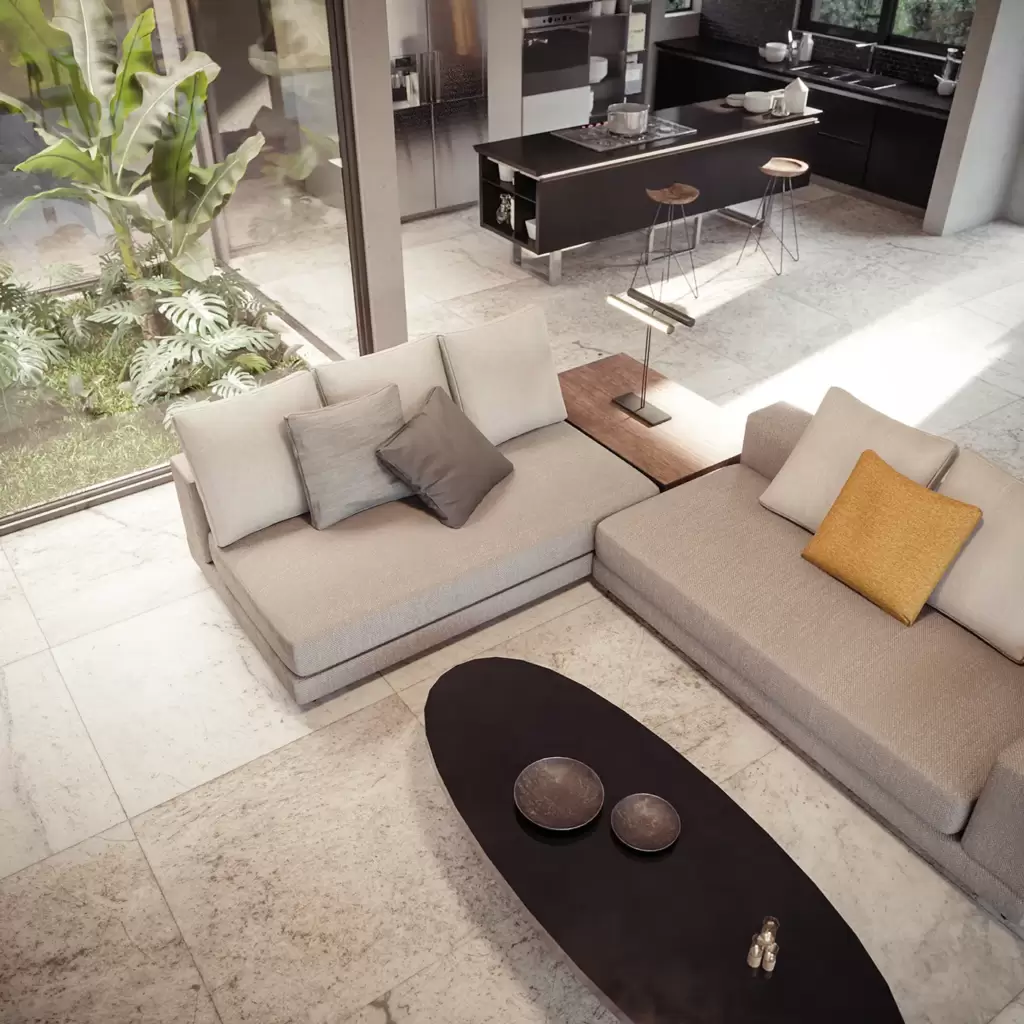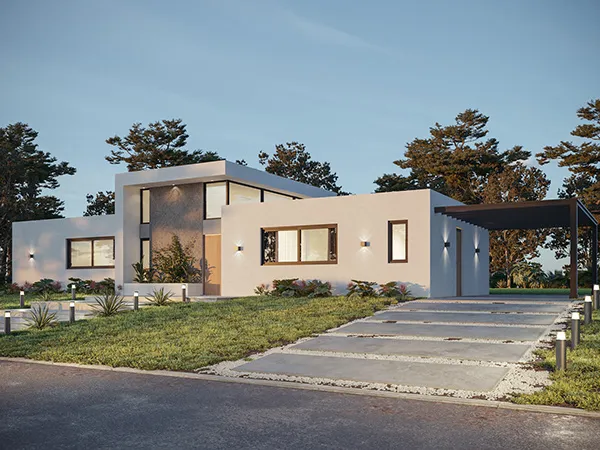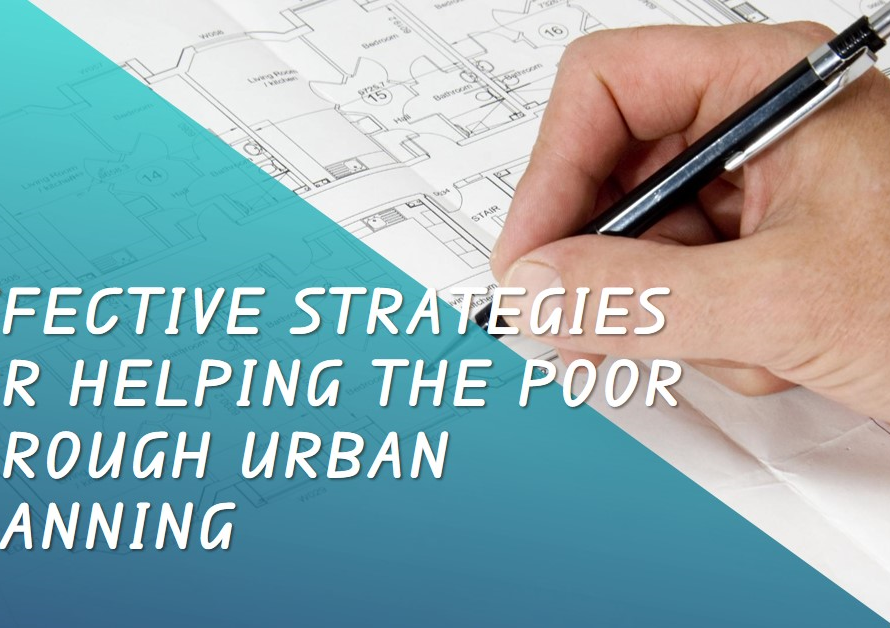Table of Contents
Architecture is an ever-evolving field, constantly pushing the boundaries of design and construction. In recent years, 3D printing technology has emerged as a transformative tool in architecture, enabling architects to create intricate and innovative structures with ease. In this blog, we will explore the exciting developments in 3D printing and its implications for the future of architecture.


1. The Rise of 3D Printing in Architecture
As 3D printing technology has become more accessible and advanced, its adoption in architecture has seen a significant rise. This technology allows architects to rapidly prototype designs, test structural integrity, and explore complex geometries that were previously challenging to achieve through traditional methods. Furthermore, 3D printing enables the creation of intricate and delicate designs with high precision and detail, offering an entirely new realm of possibilities in architectural aesthetics. Architects around the world are leveraging this technology to push the boundaries of their creativity, providing unique and groundbreaking designs to clients and communities.
2. Revolutionary Design Possibilities
One of the key advantages of 3D printing in architecture lies in its ability to bring to life designs that were once deemed impractical or impossible. Complex geometries, organic shapes, and intricate detailing can now be easily achieved through 3D printing, empowering architects to create visually stunning and structurally sound structures. This technology also allows for customization and adaptability, as components can be easily modified or replaced as needed. Additionally, 3D printing opens up new avenues for incorporating sustainable and eco-friendly materials into architectural projects, contributing to a more environmentally conscious built environment.
3. Streamlined Construction Processes
Traditional construction methods often involve time-consuming and labor-intensive processes. 3D printing technology offers the potential for faster, more efficient building techniques. With the ability to print entire sections or even entire buildings, construction timelines can be significantly reduced. This not only saves time but also reduces costs associated with labor and materials. Furthermore, 3D printing enables the precise deposition of materials, resulting in minimal waste and increased efficiency. The integration of 3D printing into construction processes has the potential to revolutionize the industry, making construction more streamlined and cost-effective.
4. Enhancing Architectural Visualization
Visualization plays a crucial role in architectural design. With the emergence of virtual reality (VR) and augmented reality (AR), architects now have powerful tools to immerse clients and stakeholders in their designs. VR allows users to experience virtual walkthroughs of architectural spaces, providing a realistic sense of scale and presence. AR, on the other hand, overlays digital information onto the physical world, allowing architects to showcase their designs in real-time on-site. These technologies not only enhance the communication between architects and clients but also facilitate real-time design modifications and decision-making, resulting in more efficient and effective design processes.
5. Collaboration and Co-creation
The collaborative nature of architecture often involves multiple stakeholders working together to bring a project to life. 3D printing technology has facilitated this collaboration by providing innovative platforms for design co-creation. Architects can now work in tandem with engineers, contractors, and clients through digital platforms, sharing and refining design ideas in real-time. This collaborative approach not only fosters a sense of ownership and involvement but also encourages interdisciplinary collaboration. As a result, the integration of various expertise and perspectives enriches the final architectural solutions, leading to more inclusive and well-rounded designs.
6. Overcoming Challenges and Limitations
While 3D printing in architecture offers immense possibilities, it also comes with its challenges and limitations. Technical constraints and material limitations are some of the primary hurdles architects must navigate. Not all materials can be effectively 3D printed, and structural considerations must be carefully evaluated. Additionally, regulatory and legal considerations pose challenges in adopting 3D printing for construction purposes. Codes and regulations need to adapt to accommodate these emerging techniques. Furthermore, bridging the gap between traditional construction methods and 3D printing technology requires careful planning, education, and collaboration within the industry.
As 3D printing technology continues to advance, the possibilities for architectural design and construction are expanding exponentially. From complex geometries to sustainable materials, 3D printing is revolutionizing the way architects conceptualize and build structures. With ongoing research and innovation, we can expect to witness even more groundbreaking developments in the future, making architecture a truly limitless and exciting field.


